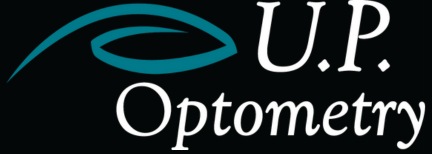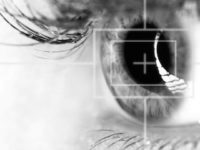This is a laser refractive surgery that corrects Myopia (Nearsightedness), Hyperopia (Farsightedness), and Astigmatism.
By now you have probably heard of LASIK, you probably know someone who had it done or considering having it done. You may also wonder just what LASIK is or what it may be able to do for you.
LASIK stands for Laser In-Situ Keratomileusis. This is a laser refractive surgery that corrects Myopia (Nearsightedness) Hyperopia (Farsightedness) and Astigmatism. LASIK can improve your vision by gently reshaping the cornea (the surface of the eye) with a cool beam laser.
An ophthalmic technician will assist the surgeon (Ophthalmologist) during the LASIK procedure as well as an Engineer who is responsible for running the laser.
A microkeratome is a microsurgical instrument that is used to create the flap on the cornea. It can make extremely thin, precise cuts.
A Femtosecond Laser is a laser, which produces rapid pulses of light. Like a microkeratome, it can be used to create the protective flap.
• Do not have stable vision.
• Have a vision problem that is too severe
• Have a disease or condition that slows healing or increases your risk of infection
• Have an eye disease, such as advanced glaucoma or cataracts.
• Are taking certain medications (i.e. Accutane, Cordarone)
• Are pregnant or nursing, or are planning to become pregnant in the near future.
• Are uncomfortable with the idea that you may still need glasses or contacts after LASIK surgery.
Sharp vision depends on many things. The parts of your eye work together to bend and focus light rays. If the cornea or the eye as a whole is not the right shape/length, light/images doesn’t focus correctly and your vision is blurry.
Light enters the eye through the cornea, and bends light rays to help focus them. Light rays then pass through the pupil to the lens, which changes shape (accommodates) to aid in focusing these light rays. Light then reaches the retina. The retina sends signals to the brain, which tell your brain what you’re seeing.
Myopia (nearsightedness) happens when is the eye “is to long”. Light focuses in front of the retina. Distant objects are blurry.
Hyperopia (farsightedness) happens when light focuses behind the retina. Near objects appear blurry. As you get older you will notice that the distance will also be blurry.
Astigmatism occurs when the light focuses in more than one place. This happens because the surface of the eye is not completely round. Both near and distant objects are distorted.
Presbyopia is when you have difficulty focusing on nearby objects (i.e. reading). This phenomena starts to occur around age 40-50. This is because as we age the lens of our eye becomes stiff and can’t accommodate easily. LASIK can’t treat presbyopia. So if you are over forty you may still need reading glasses even after surgery.
MONOVISON is an option for presbyopia. It is where LASIK is used to adjust one eye for near vision and one eye for distance vision. This option is not for everyone, so discuss it with your eye doctor. A trial period of monovision using a contact lens may help you decide if it’s right for you.
• Test of refraction (your corrective lens prescription). This should be checked both before and after your eyes are dilated.
• Measurement of your pupil.
• A thorough exam of your cornea, lens and retina.
• Topography (surface mapping) of your cornea. This shows your corneas exact shape.
• Pachymetry, which is used to measure corneal thickness. (The average human cornea is 480 to 520 microns thick or the thickness of a credit card.)
• Questions about your general health, eye history, and medical/surgical history.
• Protect your eye from bumps and pokes. Don’t scratch, rub or touch your eye.
• Use eye drops (preservative free) as directed by the surgeon. You may also be prescribed several kinds of drops.
• Avoid wearing any eye makeup for 2 weeks.
• Avoid swimming, saunas, hot tubs and pools for 2 weeks. Your surgeon may also have other restrictions for you related to other sports or activities. Wear sunglasses outside (Polarized are the best) to protect your eyes from UV light.
Your vision will improve as time goes on:
• You may have blurry vision at first especially the first 24 hours. If you have vision problems, you may notice them more at night.
• Vision often clears within the first few days. It should become stable in 4 to 12 weeks
• If you’re over 40, you may need reading glasses, even if you didn’t use them before.
• Burning
• Dryness
• Loss of a line of vision
• Blurriness
• Halos/Starbursts
• Photosensitivity (sensitivity to light)
Medical complications may include:
• Inflammation
• Infection
• Complications with the flap
• Vision Loss

